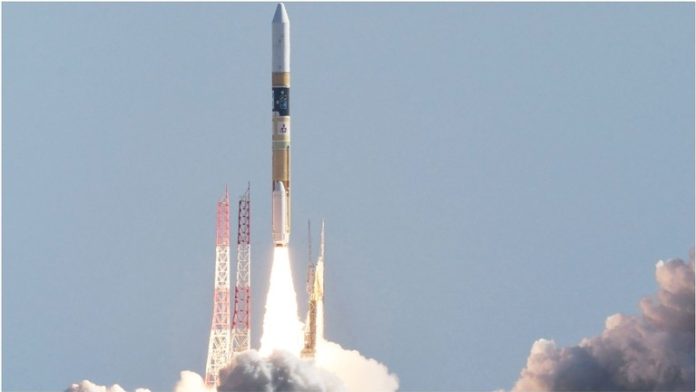NewsRescue
The Japan Aerospace Exploration Agency (JAXA) has successfully launched a lunar exploration vehicle aboard a domestically manufactured rocket, with the goal of landing on the Moon by next February.
According to JAXA, an H-IIA rocket launched from Japan’s Tanegashima Space Center on Thursday, releasing the Smart Lander for Investigating Moon (SLIM) on its several-month journey to the lunar surface.
Despite the fact that the $100 million mission had three postponements owing to bad weather last month, JAXA stated that the rocket “flew as planned” during Thursday’s launch.
The space agency intends to perform a “pinpoint landing” with the SLIM, aiming to be within 100 meters of its target spot, earning it the moniker “Moon sniper.” JAXA stated.
“By developing the SLIM lander, humans will make a qualitative shift toward being able to land wherever we want, rather than just where it is easy to land,” JAXA said in a mission description.
If all goes as planned, the robotic SLIM lander will travel a long, fuel-efficient path before landing inside the Shioli impact crater, an approximately 1,000-foot-wide basin on the Moon’s near side. The vehicle is equipped with a variety of sensors and other equipment, including many small probes that will aid in monitoring the landing site’s condition.
The same H-IIA rocket also launched the X-Ray Imaging and Spectroscopy Mission, or XRISM, a space telescope constructed collaboratively by JAXA, NASA, and the European Space Agency. The researchers expect that the equipment will lead to advances in X-ray astronomy, perhaps revealing new light on the structure of the early cosmos, the birth of galaxies, and the existence of dark matter, among other things.
The successful launch follows two previous failed lunar landing efforts by Japan in the last year, with JAXA losing touch with one ship in November and another in April.
The achievement comes on the heels of India’s first trip to the lunar surface in late August, making it the fourth country to do so.





